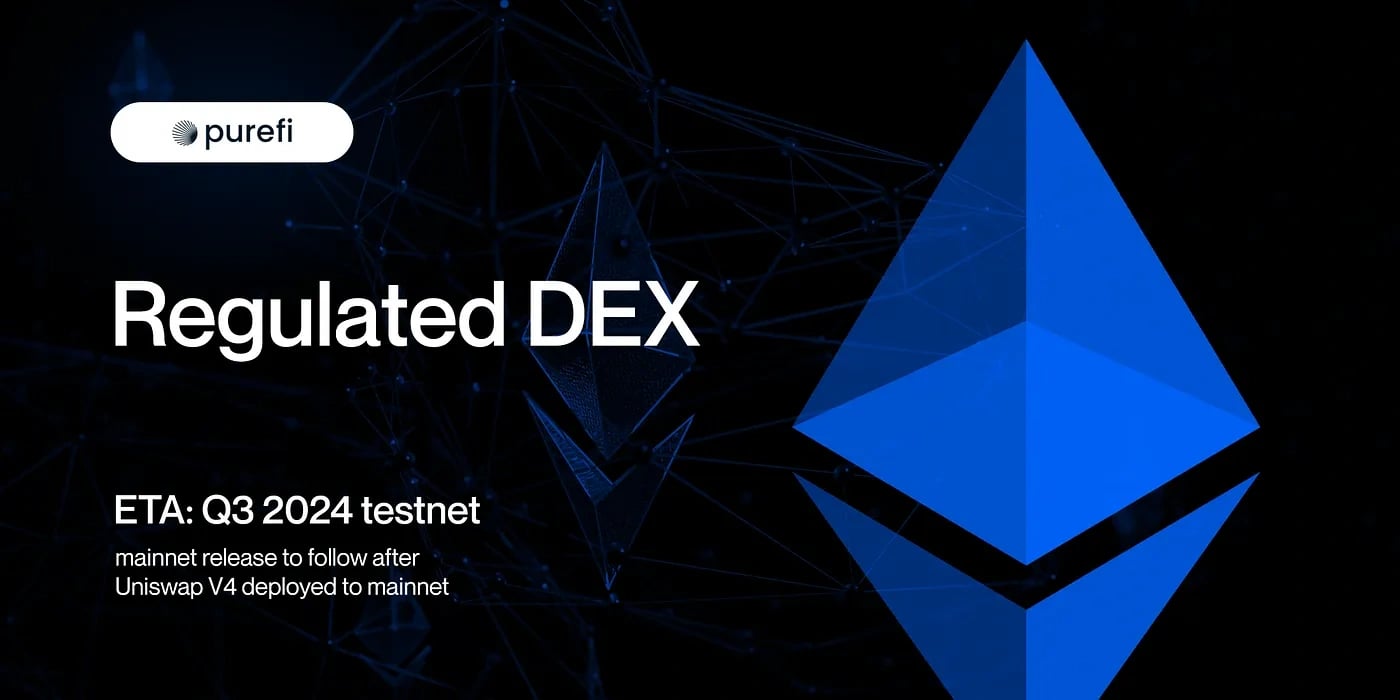위키 구독하기
Share wiki
Bookmark
PureFi
PureFi
PureFi는 탈중앙화 금융(DeFi) 플랫폼에 자금 세탁 방지(AML) 및 고객 확인(KYC) 규정 준수 솔루션을 제공하도록 설계된 프로토콜입니다. 검증 가능한 자격 증명 및 영지식 증명을 통해 안전하고 개인 정보 보호가 보장되는 암호화폐 자산 및 사용자 신원 확인을 가능하게 합니다. [1]
개요
PureFi 프로토콜을 통해 탈중앙화 애플리케이션(dApps)은 사용자 익명성을 유지하면서 규제 요구 사항을 준수할 수 있습니다. AMLBot 및 Hacken Foundation이 개발한 이 프로토콜은 Web3 인프라 내에서 암호화폐 자산 분석 및 AML/KYC 절차에 대한 포괄적인 솔루션을 제공합니다. PureFi는 단일 제공업체에 의존하는 대신 검증된 데이터 제공업체가 KYC/AML 서비스를 제공하는 개방형 시장을 만듭니다. 안전한 공유를 위해 검증 가능한 자격 증명 표준을 사용하여 자산 가격, AML/KYC 데이터 및 메타데이터에 대한 정보가 포함된 인증서를 생성합니다. PureFi는 또한 제3자 개입 없이 온체인 검증을 위해 영지식 증명을 사용합니다. [2][3]
PureFi 프로토콜에는 세 가지 유형의 사용자가 있습니다. 자금을 풀에 기여하려는 유동성 풀 사용자(자산이 깨끗하다는 것을 증명해야 함), 풀을 관리하고 불법 자산이 수락되지 않도록 보장하려는 유동성 풀 운영자, 그리고 일반적으로 의심스러운 암호화폐 활동을 모니터링하고 KYC/AML 절차에서 신뢰할 수 있는 중개자 역할을 하는 발행자입니다. 이 프로토콜은 발행자가 LP 사용자 주소로 발급한 PureFi 인증서를 사용하여 LP 운영자가 인증서를 수동으로 또는 자동으로 온체인에서 확인할 수 있도록 합니다. 자동 검증을 통해 자금을 즉시 수락하고 LP 토큰을 발급할 수 있습니다. [2][3]
휴머니티 증명
휴머니티 증명(PoH)은 블록체인 기술을 사용하여 개인을 식별하는 신뢰할 수 있는 시스템을 만드는 데 사용되는 탈중앙화된 검증 프로토콜입니다. 이 시스템은 등록, 검증 및 평판 시스템을 통해 작동합니다. 사용자는 자동화할 수 없는 작업(예: 소셜 상호 작용)을 완료하여 등록합니다. 검증은 등록된 사용자가 새 참가자의 진위를 보증할 때 발생합니다. 각 사용자의 평판은 지지와 온라인 활동을 기반으로 하며, 신뢰도와 프로토콜 혜택에 대한 접근 권한에 영향을 미칩니다. PoH는 보상의 공정한 분배를 보장하고 사기를 방지하여 보안을 강화하며 중앙화된 기관과 독립적으로 작동하여 탈중앙화를 지원합니다. PureFi 프로토콜은 PoH를 통합하여 보안과 신뢰성을 강화합니다. [4]
제품
규제 DEX
PureFi 규제 DEX는 중앙화 거래소 규정 준수 조치를 탈중앙화 플랫폼에 통합하여 기관 투자자에게 탈중앙화 거래를 더욱 매력적으로 만들고자 합니다. 이는 진화하는 규제 요구 사항을 해결하는 동시에 탈중앙화 금융의 투명성과 검증 가능성을 유지하여 다양한 시장 참여자에게 준수하고 실행 가능한 옵션으로 남도록 합니다. [5][6]

검증 가능한 자격 증명(VCs)
PureFi 프로토콜은 기계로 읽을 수 있는 데이터 표준인 검증 가능한 자격 증명을 사용하여 DeFi의 AML/KYC 과제를 해결합니다. 검증 가능한 자격 증명(VCs)은 KYC 정보, 신용 점수 또는 교육 자격과 같이 신뢰할 수 있는 당사자로부터 암호화 방식으로 서명된 데이터를 통해 신원을 안전하고 개인적으로 확인하는 방법을 제공합니다. 기존 시스템과 달리 VCs는 사용자의 신원 지갑에 저장되므로 자격 증명을 공개 원장에 노출하지 않고도 자격 증명을 개인적으로 사용자의 제어하에 유지할 수 있습니다. 영지식 기술을 통합함으로써 VCs를 통해 사용자는 민감한 세부 정보를 공개하지 않고도 자격 증명의 유효성을 증명할 수 있으므로 동의하에 필요한 정보만 공유됩니다. 이러한 자격 증명은 금융에서 교육에 이르기까지 광범위한 응용 프로그램을 가지고 있으며, 개인 정보 보호를 우선시하면서 신뢰할 수 있는 검증을 제공합니다. PureFi 프로토콜은 VCs가 디지털 거래의 보안 및 개인 정보 보호를 어떻게 향상시킬 수 있는지 보여주며 디지털 신원 확인을 재편성할 수 있는 잠재력을 보여줍니다. [7][8]
잘못된 내용이 있나요?
